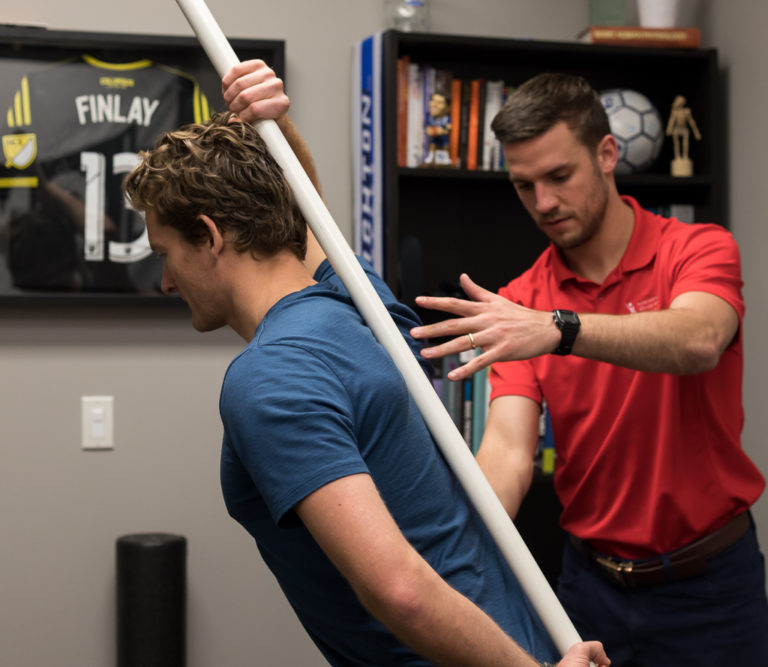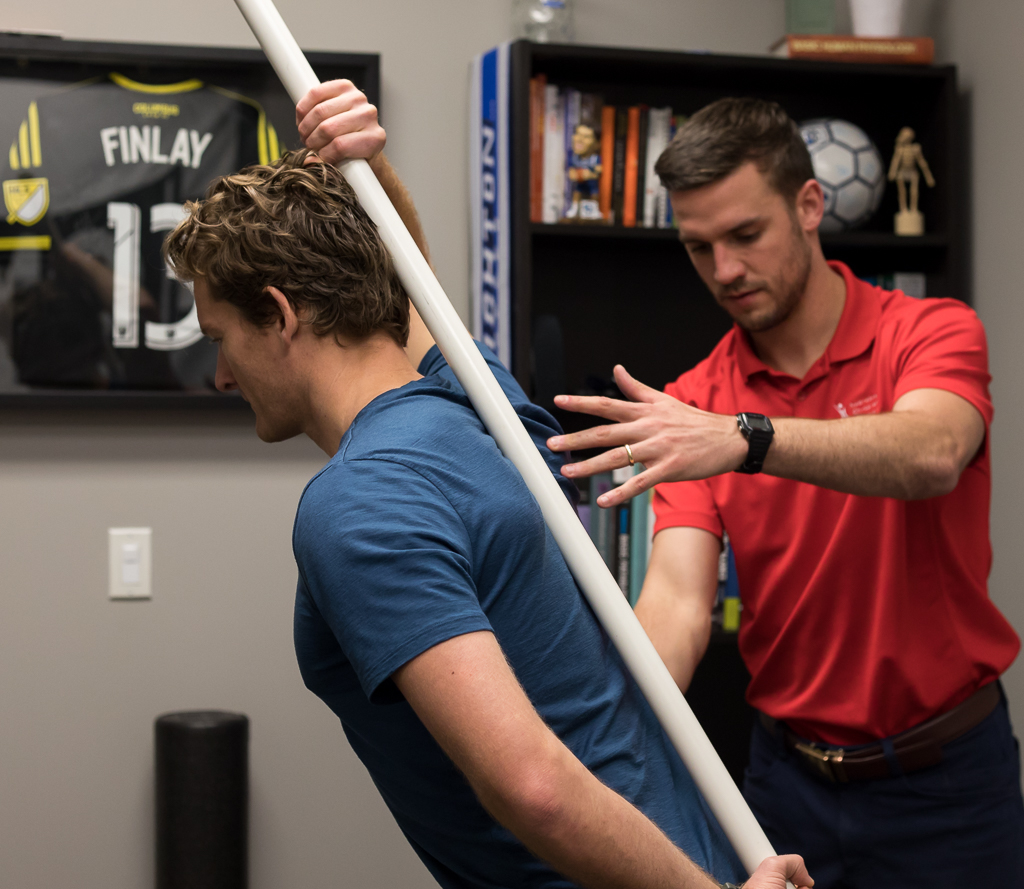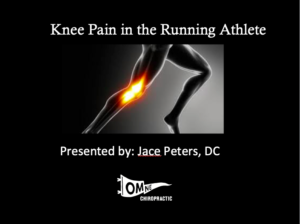A functional diagnosis is critical to better understanding pain and performance. At OMNE Chiropractic, Dr. Peters utilizes a movement based assessment to find solutions.

Functional Diagnosis
First, a functional diagnosis involves determining the movements or limitations causing the pain. It involves locating key areas of movement deficiency and their impact on the patient’s symptoms. For example, Dr. Peters will test foundational movements such as a squat and a lunge. In addition, Dr. Peters utilizes other forms of testing such as active/passive range of motion, repetitive movement testing, and neurodynamics.
A functional diagnosis is a movement-based diagnosis. It aims to get a clinical picture of a patient’s overall movement and develop a functional baseline to compare to after treatment. With a functional diagnosis, we are trying to understand the root cause of the problem through movement testing. Most importantly, treatment should result in improvements in symptoms but also in function.
Pathoanatomical Diagnosis
A pathoanatomical diagnosis involves determining the specific tissue causing the pain. Many times this involves performing a really good physical examination and then comparing to other lab work or special tests. Special tests may include X-ray, MRI, or CT scan. By nature, this approach is more structural as it aims to attach a specific piece of anatomy to the complaint. Pathoanatomical testing at OMNE Chiropractic includes orthopedic and neurological evaluation as well as hands-on evaluation through palpation.
Pathoanatomical diagnosis is a necessary part of evaluating a patient’s complaint. It can help us better understand why someone is hurting and the treatment and tissues that need to be addressed.
Interestingly, a pathoanatomical perspective fails to account for patients that have disc bulges, rotator cuff tears, and no symptoms.
Better Understanding
Combining the information from a pathoanatomical and functional diagnosis allows for a better understanding of the current complaints. A functional diagnosis fills in the gaps of understanding when a pathoanatomical diagnosis may fall short. Vice versa, a pathoanatomical diagnosis can provide for better understanding when patients are functionally improved but continue to have pain or limitations. The two forms of diagnosis aren’t mutually exclusive, but rather two sides to the same coin.
See our previous blog post titled ‘Treating Patients Not Pictures’, which highlights when pathoanatomical diagnosis doesn’t tell the whole story.
At OMNE Chiropractic, our approach tends to be more functional and movement based because those are the tools we have available. On the opposite end of the spectrum, a surgeon will likely be more pathoanatomical in their approach.
The benefits of a functional approach to chiropractic treatment:
- Continuous monitoring – determine a movement baseline to reference at follow up appointments
- Empowering – patients can see and feel the improvements in their movement
- Fills in the gaps when a pathoanatomical diagnosis may fall short
- Broadens our understanding – respect the anatomical deficiencies but realize patients can function in spite of them.




